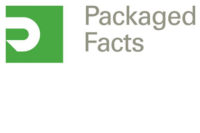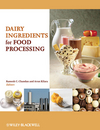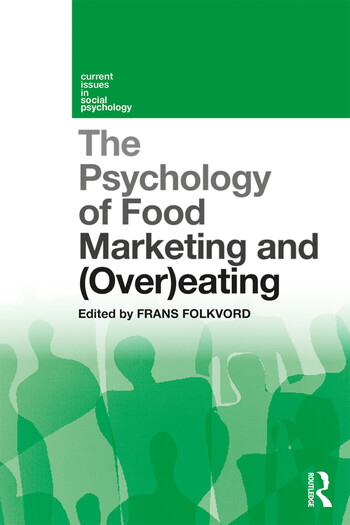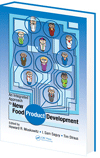Consumer Understanding of Milk, Non-Dairy Alternatives
Approximately three-quarters of Americans understand that plant-based “milk” products do not actually contain cow’s milk

As the US Food and Drug Administration considers a proposal “to provide greater clarity on appropriate labeling of plant-based alternatives” to milk and dairy products, a new survey by the International Food Information Council (IFIC) Foundation shows a low level of consumer confusion over nomenclature and basic differences between the two.
According to the survey, approximately three-quarters of Americans understand that plant-based “milk” products do not actually contain cow’s milk (75% for soymilk and almond milk, 74% for coconut milk, 73% for rice milk and 72% for cashew milk). Fewer than 10% believe that any of those products contains cow’s milk, while the remainder say they don’t know (20% for cashew milk and rice milk, 18% for coconut milk, and 16% for soymilk and almond milk).
Conversely, large majorities know that products labeled “whole milk” (90%), “chocolate milk” (85%), “nonfat milk” (78%) and “skim milk” (74%) contain cow’s milk, although that number falls to 48% for “lactose-free milk.”
Consumers expressed similar awareness about whether various products labeled as milks or butters contained cow’s milk or plant-based ingredients. Cow’s milk was identified as an ingredient in chocolate milk by 84% of respondents, in organic milk by 78% and in butter by 77%, with only 8% or less believing that any of them contains plant-based ingredients. For lactose-free milk, 62% believe it contains cow’s milk and 14% cite plant-based ingredients.
The survey also asked about consumers’ purchases in the past three months. Nearly half (45%) bought 2% milk, with 38% for whole milk, 30% for almond milk, 29% for chocolate milk, 19% for 1% milk, 16% for both skim milk and soymilk, and less than 10% for lactose-free milk or other nut- or grain-based milks.
Of those who buy products marketed as milks, 62% purchase solely dairy, while 38% purchase non-dairy. Groups who are more likely than others to buy non-dairy products include people in the western United States (45%), consumers under 45 years old (43%), people of color (48%, compared to 32% of white people) and those with a college education (44%, compared to 30% of non-college graduates).
Methodology
Survey results were derived from online interviews of 1,000 US adults, conducted Aug. 4 – 6, 2018, by Lincoln Park Strategies. Results were weighted to ensure proportional representation of the population, with a margin of error of ±3.1 points at the 95% confidence level. The research was supported by Danone North America PBC.
Looking for a reprint of this article?
From high-res PDFs to custom plaques, order your copy today!









